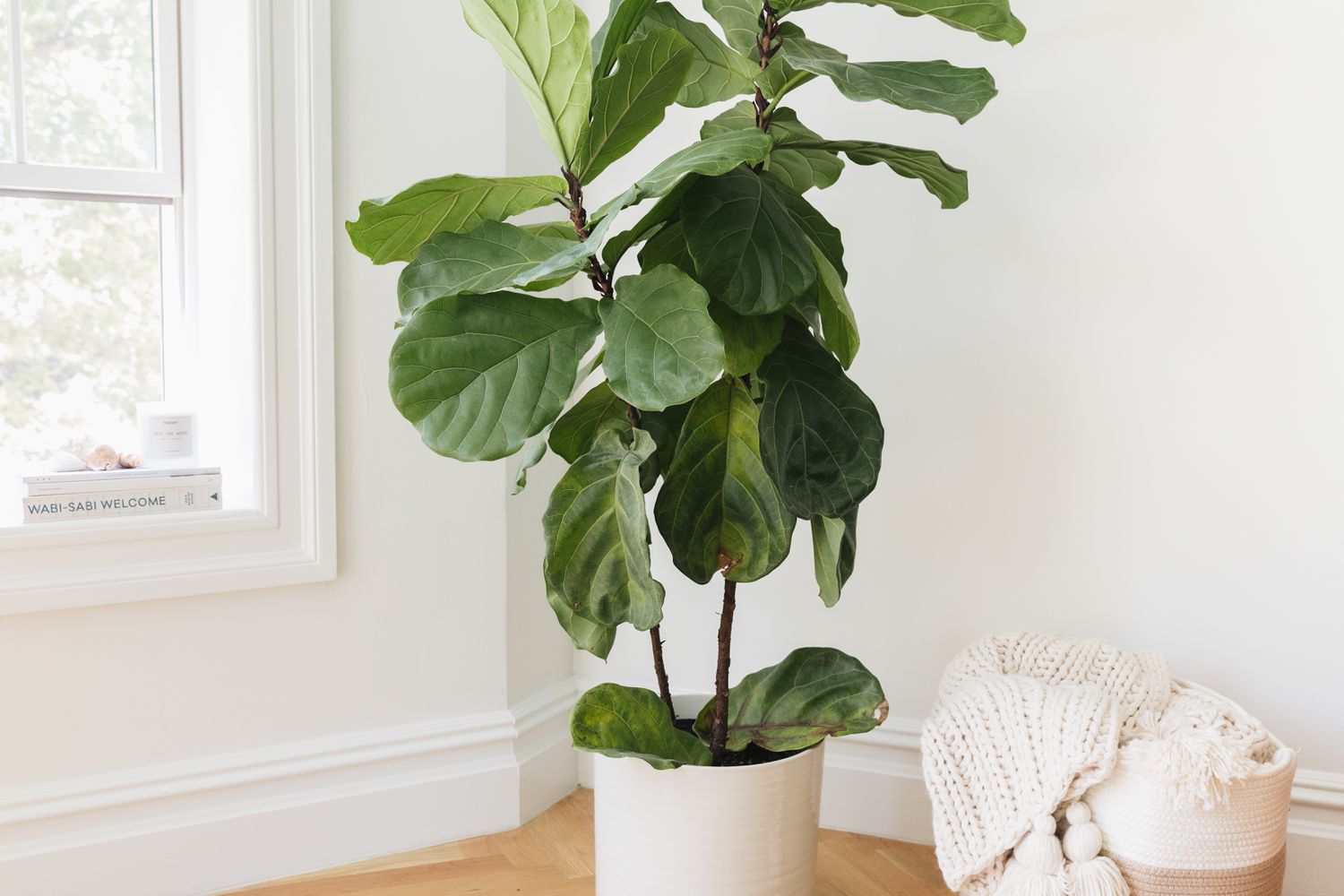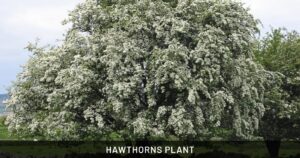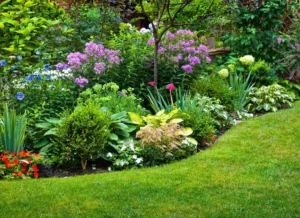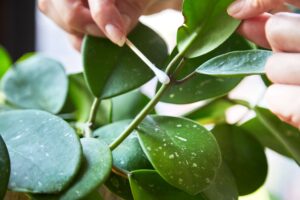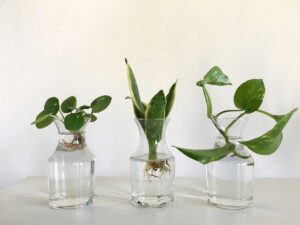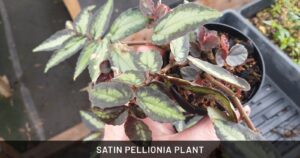How to Care for Fiddle Leaf Fig: Complete Guide
Fiddle leaf figs (Ficus lyrata) have become one of the most popular houseplants in the United States over the past decade, appearing in design magazines, social media posts, and homes across the country. Their distinctive large, violin-shaped leaves create a dramatic statement in any space. However, these beautiful plants have earned a reputation for being somewhat finicky. Don’t worry – with the right knowledge and care routine, you can help your fiddle leaf fig thrive and become the stunning centerpiece of your indoor garden.
This comprehensive guide will walk you through everything you need to know about caring for your fiddle leaf fig, from understanding its natural habitat to troubleshooting common problems.
Understanding Your Fiddle Leaf Fig
Before diving into care instructions, it’s helpful to understand where fiddle leaf figs come from and how they grow in their natural environment. Native to western Africa, particularly the tropical rainforests of Sierra Leone to Cameroon, these trees thrive in warm, humid conditions with filtered light. In their native habitat, they can grow up to 50 feet tall! As houseplants, they typically reach 6-10 feet, making them perfect statement plants for spaces with high ceilings.
According to the USDA Natural Resources Conservation Service, fiddle leaf figs are part of the Moraceae family and are not cold hardy, thriving in USDA zones 10-12. Understanding these origins helps explain many of their care requirements.
Light Requirements: Finding the Perfect Spot
One of the most critical factors in fiddle leaf fig care is proper lighting. These plants need bright, indirect light to thrive and maintain their lush appearance.
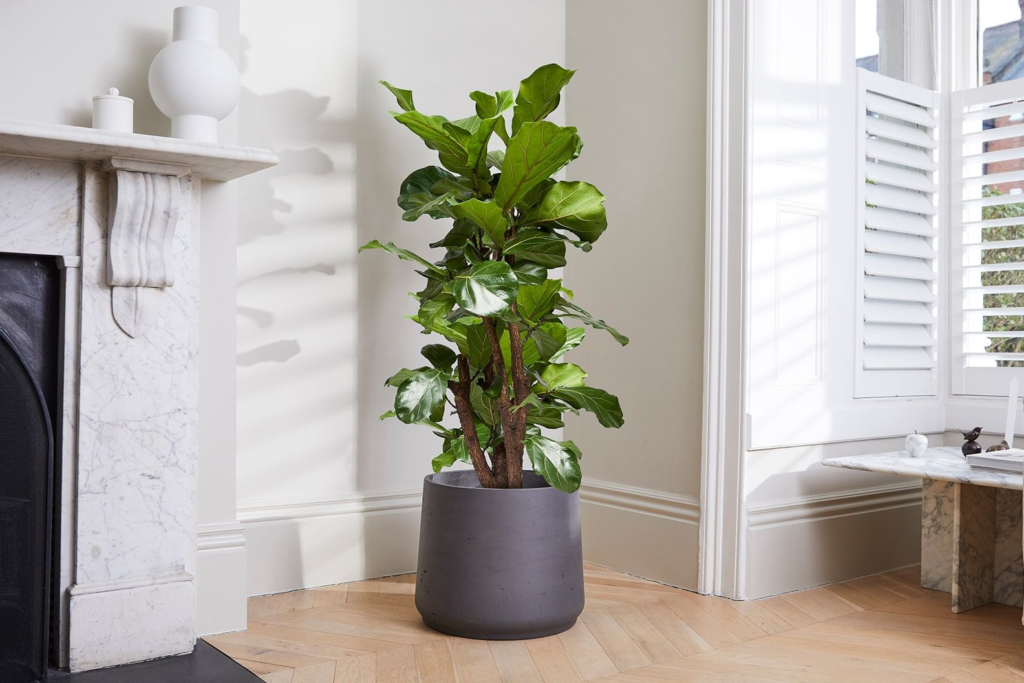
Optimal Light Conditions
- Bright, indirect light: Position your fiddle leaf fig near an east or north-facing window where it will receive several hours of filtered morning sunlight.
- Avoid direct afternoon sun: South and west-facing windows may provide too much harsh light, which can scorch the leaves.
- Rotate regularly: Turn your plant a quarter turn every week to ensure even growth and prevent it from leaning toward the light source.
If you’re unsure about your light conditions, observe the shadows cast in your space. A medium shadow with soft edges indicates ideal light for a fiddle leaf fig. Too much direct sun creates sharp, dark shadows, while too little light produces barely perceptible shadows.
Watering: Finding the Right Balance
Watering is perhaps the trickiest aspect of fiddle leaf fig care. These plants are susceptible to both overwatering and underwatering, so finding the right balance is essential.
Watering Guidelines
- Check before watering: Always check the top 1-2 inches of soil before watering. If it feels dry, it’s time to water.
- Water thoroughly: When you do water, do so thoroughly until water drains from the bottom of the pot.
- Allow to dry between waterings: Fiddle leaf figs prefer to dry out slightly between waterings.
- Seasonal adjustments: Reduce watering frequency in winter when growth slows.
- Water quality matters: These plants prefer room temperature, filtered water. Let tap water sit out overnight to allow chlorine to evaporate.

Watering Frequency by Season
| Season | Average Watering Frequency | Signs of Proper Hydration |
|---|---|---|
| Spring | Every 7-10 days | New growth, firm leaves |
| Summer | Every 5-7 days | Vibrant green color, firm leaves |
| Fall | Every 10-14 days | Stable leaf color, no drooping |
| Winter | Every 14-20 days | No new growth but healthy appearance |
Remember that these are general guidelines. Your specific environment (humidity, temperature, light levels) will influence how often your plant needs water. It’s always better to underwater than overwater a fiddle leaf fig.
Soil and Fertilization: Promoting Healthy Growth
Proper soil and nutrition are fundamental to fiddle leaf fig health. These plants prefer well-draining, nutrient-rich soil that allows roots to breathe.
Optimal Soil Mix
Create a well-draining potting mix by combining:
- 60% high-quality potting soil
- 20% orchid bark or coconut coir
- 20% perlite or pumice
This mix provides the aeration and drainage fiddle leaf figs need while retaining enough moisture for root uptake.
Fertilization Schedule
- Growing season (spring through early fall): Feed monthly with a balanced liquid fertilizer diluted to half the recommended strength. Look for a formula with an NPK ratio around 3-1-2.
- Dormant season (late fall through winter): Reduce fertilization to once every 6-8 weeks or stop altogether.
- New plants: Wait 3-4 months after bringing home a new fiddle leaf fig before fertilizing to avoid stressing the plant.
Avoid over-fertilizing as this can lead to salt buildup and damage to the roots. If you notice white crust forming on the soil surface, it’s a sign of fertilizer buildup. Flush the soil thoroughly with water to remove excess salts.
Humidity and Temperature: Creating the Right Environment
As tropical plants, fiddle leaf figs thrive in warm, humid conditions. Creating the right environment is key to preventing common issues like brown leaf edges and leaf drop.
Ideal Conditions
- Temperature: Maintain temperatures between 65-75°F (18-24°C). Protect from drafts, sudden temperature changes, and heating/cooling vents.
- Humidity: Aim for 40-60% humidity, higher than what’s found in most homes, especially in winter.
Increasing Humidity
If your home is dry, especially during winter months when heating systems reduce indoor humidity, consider these methods to increase moisture around your plant:
- Group plants together: Plants naturally release moisture through transpiration.
- Use a pebble tray: Place your pot on a tray filled with water and pebbles (ensuring the pot sits on the pebbles, not in the water).
- Run a humidifier: The most effective solution, especially in very dry climates.
- Mist occasionally: While not as effective as other methods, occasional misting can provide temporary humidity.
Potting and Repotting: Giving Roots Room to Grow
Fiddle leaf figs don’t like to be disturbed too often, but they do need occasional repotting as they grow.
When to Repot
- When roots are visible through drainage holes
- When water runs straight through the pot without being absorbed
- When the plant becomes top-heavy and unstable
- Generally every 18-24 months for young, actively growing plants
Repotting Guide
- Choose the right pot: Select a container 2-4 inches larger in diameter than the current pot with adequate drainage holes.
- Prepare fresh soil: Use the well-draining mix described in the soil section.
- Time it right: Repot in spring or early summer when the plant is actively growing.
- Handle with care: Gently remove the plant from its current pot, loosen the root ball slightly, and place in the new pot with fresh soil.
- After repotting: Place in a bright location but away from direct sun, and wait 1-2 weeks before fertilizing to allow the plant to adjust.
Pruning and Shaping: Creating Your Ideal Look
Pruning is an important aspect of fiddle leaf fig care that helps maintain plant health and create an attractive shape.
Pruning Purposes
- Remove damaged or diseased leaves
- Control size and encourage branching
- Create a more aesthetically pleasing shape
- Improve air circulation
Pruning Guidelines
- Tools: Use clean, sharp pruning shears to avoid tearing the plant tissue.
- Timing: Prune during the growing season (spring and summer) for best results.
- Technique: Make clean cuts just above a leaf node or bud, at a slight angle.
- Notching: To encourage branching, make a small notch above a leaf node where you want a new branch to form.
Don’t be afraid to prune your fiddle leaf fig. While removing healthy growth might seem counterintuitive, strategic pruning encourages fuller, more balanced growth. The plant will often sprout multiple new branches from a single cut point.
Common Problems and Solutions
Even with proper care, fiddle leaf figs can develop issues. Here are some common problems and how to address them:
Leaf Issues
- Brown spots in center of leaves: Often indicates overwatering or root rot. Reduce watering frequency and check for proper drainage.
- Brown edges on leaves: Usually a sign of low humidity or underwatering. Increase humidity and check soil moisture.
- Yellow leaves: Can indicate either overwatering or underwatering. Check soil moisture and adjust watering accordingly.
- Dropping leaves: Often stress-related, frequently due to changes in environment. Maintain consistent care and environment.
Pest Problems
While generally resistant to pests, fiddle leaf figs can occasionally attract:
- Spider mites: Tiny pests that create fine webbing on leaves. Treat with insecticidal soap or neem oil.
- Mealybugs: White, cotton-like insects that cluster in leaf joints. Remove with alcohol-soaked cotton swabs and treat with insecticidal soap.
- Scale: Small, hard-shelled insects that attach to stems and leaves. Scrape off gently and treat with horticultural oil.
Regular leaf cleaning with a damp cloth helps prevent pest infestations and improves the plant’s appearance by removing dust that can block light absorption.

Propagation: Creating New Plants
Propagating your fiddle leaf fig is a rewarding way to expand your plant collection or share with friends.
Methods of Propagation
- Stem cuttings in water:
- Take a 6-8 inch cutting with 1-2 leaves
- Remove lower leaves if present
- Place in clean water, changing weekly
- Roots typically develop in 4-6 weeks
- Transplant to soil when roots are 2-3 inches long
- Stem cuttings in soil:
- Prepare a cutting as above
- Dip cut end in rooting hormone (optional)
- Plant directly in moist, well-draining soil
- Keep consistently moist until new growth appears
- Air layering (for larger plants):
- Make a small incision in the stem
- Apply rooting hormone
- Wrap with damp sphagnum moss and plastic
- Once roots form, cut below the roots and pot
Seasonal Care Tips
Fiddle leaf figs have different needs throughout the year. Adjusting your care routine seasonally will help maintain optimal health.
Spring and Summer Care
- Increase watering frequency as growth accelerates
- Resume regular fertilization schedule
- Monitor for new growth and pests
- Perfect time for propagation and repotting
Fall and Winter Care
- Reduce watering frequency as growth slows
- Decrease or stop fertilization
- Protect from cold drafts and heat sources
- Increase humidity as indoor heating systems dry the air
- Hold off on major pruning or repotting
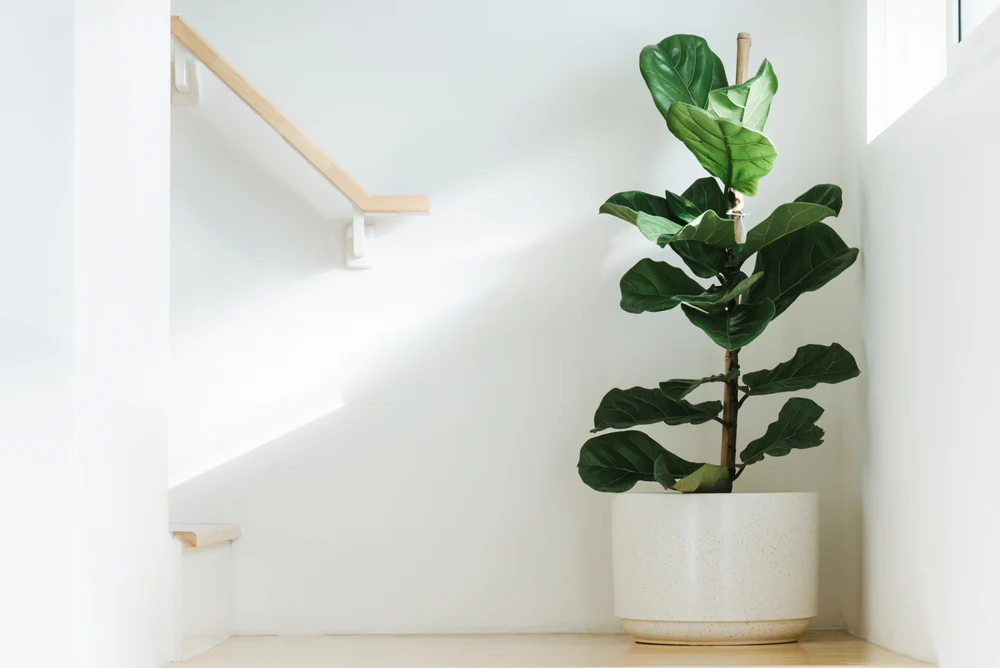
Decorating with Fiddle Leaf Figs
Beyond their care requirements, fiddle leaf figs are prized for their striking visual impact in interior design.
Design Tips
- Showcase as a focal point: Position in an area where it can stand out, like beside a sofa or in a corner with adequate light.
- Consider scale: For smaller spaces, younger plants work well. For spaces with high ceilings, mature specimens create dramatic impact.
- Pot selection: Choose containers that complement your decor style. Classic white, natural terracotta, or woven baskets all work well depending on your aesthetic.
- Layering: Use fiddle leaf figs as the “tall” element in a plant grouping with medium and low-growing plants.
Conclusion
Caring for a fiddle leaf fig doesn’t have to be intimidating. With consistent attention to light, water, and environment, these stunning plants can thrive in your home for years to come. Remember that every fiddle leaf fig is unique, and part of the joy of plant parenthood is learning your particular plant’s preferences and rhythms.
The key to success is observation and consistency. Pay attention to how your plant responds to your care routine and make adjustments as needed. With patience and attention, you’ll be rewarded with a gorgeous, statement-making fiddle leaf fig that enhances your space and brings a touch of the tropics into your home.
Whether you’re a first-time fiddle leaf fig owner or looking to improve the health of an existing plant, implementing these care guidelines will help you develop a thriving relationship with one of the most rewarding houseplants available today.
